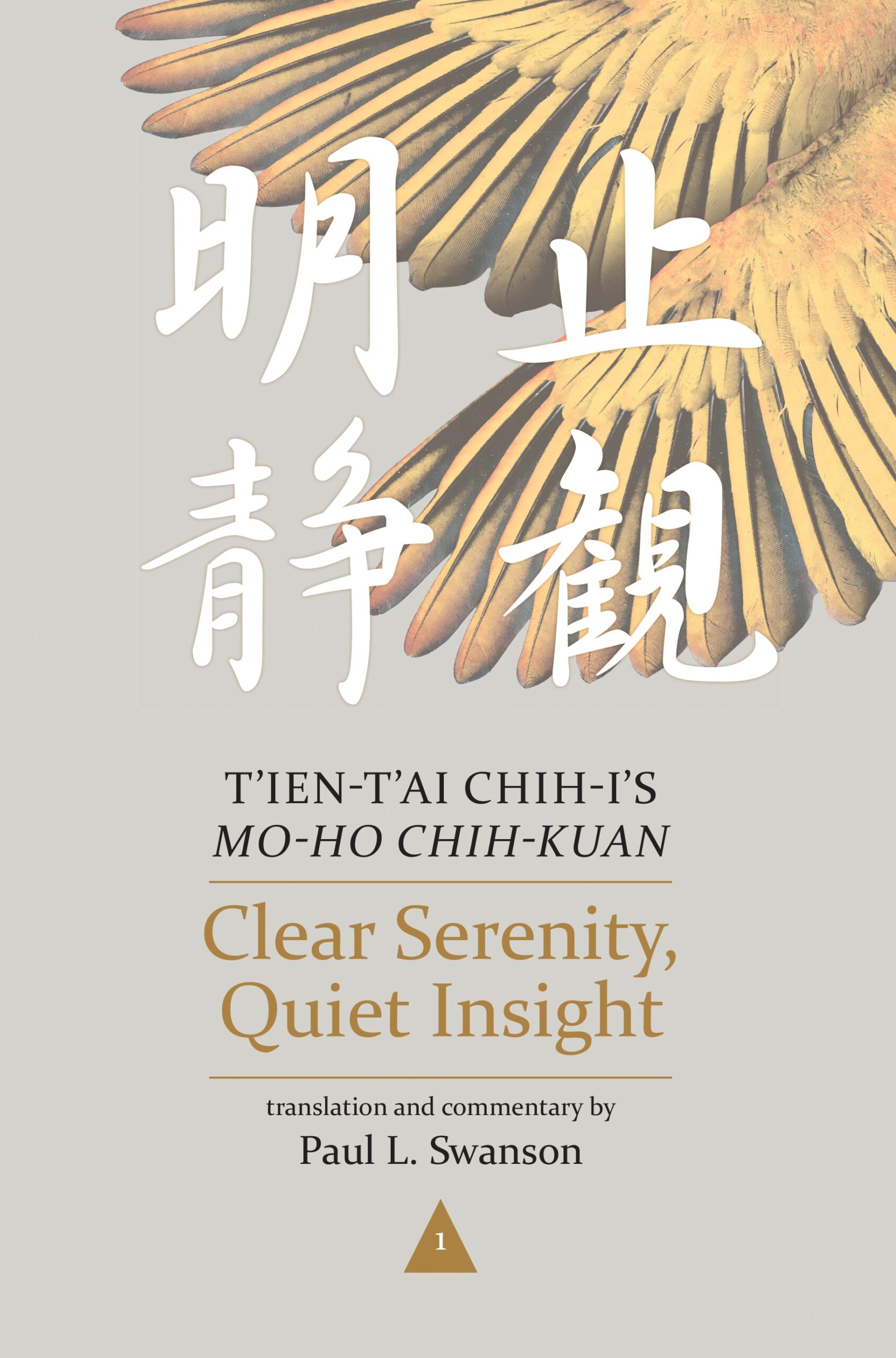Cats, Cars, and Categories: The Wondrous Subtlety of the Buddhadharma
One crucial point in this work is to grok the subtle truth of these three perspectives with the whole bodymind. Wallowing in moralism is dangerous. Realizing emptiness is not enough.

After the Buddha Shakyamuni's great awakening, rather than going out and sharing what he had realized, he continued sitting for weeks (or months, in some versions). As the story goes, he thought that the great truth about freedom that he had discovered was just too subtle for humans. Fortunately, he got over his post-awakening one-sidedness and taught for forty-nine years. That was 2,600 years ago.
Also fortunate is that we live in the wake of many generations of great teachers who have creatively pointed through the subtle and most vital point of dharma practice, so that we today can still realize that subtle, turning point. Or become dead practitioners walking. Realizing this subtlety is also referred to as the wondrous, mysterious pivot that transforms suffering.
As Tetsugan Sensei and I have been exploring the Sixteen Bodhisattva Precepts with our students in the Vine of Obstacle Zen training group, one of our guides for this study is the three perspectives on the precepts: moral, compassion, and fundamental. The intimate, liberating truth of Zen is hidden in the open within the moral-compassion-fundamental perspectives. It is one of the many pointers in the Zen Way to transformative subtlety. Note: the mysterious pivot shows up in the nitty-gritty details of actual practice.

In this post, I share a tricky real-life situation that challenges precept practice, offer some background on the the moral-compassion-fundamental perspectives, and challenge you to save the cat (you know, that cat that Nanquan allegedly killed).
The real example
One crucial point in this work is to grok the subtle truth of these three perspectives with the whole bodymind. Wallowing in moralism is dangerous. Realizing emptiness is not enough.
For example, one long-time member of our Vine training group recently experienced the death of a dear friend. He had stayed with her through the final days of her dying process. Her second-to-last message to him was to stick out her tongue at him. After her death, he received her final message - she left him her almost-new car. However, his friend's sister, the executor of the will, refused to give him the car, texting (of course) that he didn't deserve it.
In light of the three perspectives on the precepts, the moral-compassion-fundamental, what would you do? How can you practice "Taking up the Way of not stealing?" How can you save the car?
Some students think that to practice the fundamental perspective of the precepts is to see all views (like "Hey, that's my car") as empty and so the practice is to drop the idea and allow the sister do whatever she wants with the car. But using an idea about the fundamental to reframe a relative perspective is putting a head on top of the moral head you came in with. It's a cognitive reframe and doesn't reach the subtle truth of the buddhadharma. And so this approach, reframing, is the moral perspective thinking it's the fundamental. Such a view actually ignores the compassion and fundamental perspectives.
As another student put it, "[...] the fundamental perspective can be misunderstood to indicate passivity rather than engaged action."
And when the truly subtle point of the buddhadharma has not yet been clearly realized, passivity is a popular place to hide out. Indeed, the subtlety of the moral-compassion-fundamental perspectives is the reason they are usually reserved for near the end of the koan curriculum.
The real teaching of Zhiyi
The source for the Zen precept practice of the moral-compassion-fundamental perspectives probably is old Master Zhiyi who taught three truths rather than the two truths commonly transmitted by the Indian Mahayana tradition. Zhiyi read Nagarjuna as teaching the truth of the conventional (akin to the moral perspective of the precepts), the truth of emptiness (akin to the fundamental perspective of the precepts), and the truth of the middle (akin to the compassion perspective of the precepts).
Here is one of Zhiyi's many discussions of the middle from the perspective of diligence, mindfulness, skillful means, and single-mindedness:

So the middle is not entangled in the extremes, integrates with reality itself, discerns skillful means, and is single-mindedly pure and clear. This is a wonderful description of the bodymind of Great Compassion. In the Zen tradition, we would also call this "the great function’s complete manifestation."

The really problematic cat koan
However, an understanding of the two or three truths only goes so far. And in the nitty-gritty of daily life that's not far at all. An understanding (aka, "right view"), is better than clinging to "wrong view" (aka, being stupid), but still lacks the power to actualize the great function. Clear understanding must be exhausted in transformative, nondual embodiment. That is the reason that we stress kensho and post-kensho training. And because the mysterious pivot is so subtle, most of us need to practice awakening repeatedly through many thousands of koans, formal and informal.
It is not a matter of vying for who's right by making moral judgements of others. The Zen way is about great functioning. As Manzan said, "When the great function manifests itself, no fixed rules exist."
For example, take the monastics in Nanquan's east and west halls, bickering about a cat until everyone was exhausted. This is the koan that Tetsugan Sensei and I use to highlight the practice-awakening of the First Precept: Not to kill:
How will you speak and save the cat now?
If, in the face of Nanquan's great functioning, you try to save the cat by explaining or reframing the situation (i.e, "There is no cat!"], you will find the cat is already dead. Nevertheless, in Wansong's commentary, he says, "Even if Nanquan had then gone ahead with his special functioning of the true imperative, you must dare to save the cat."
We must dare to save the cat.
To sum up
The subtle, liberating pivot of the buddhadharma is actualized in the nitty-gritty, like when someone won't give you the car that's been bequeathed to you, and like the single-mindedly pure and clear "middle" that moves you to save that cat and the whole works while you're at it.
Comments and/or questions are welcome!
Thank you for becoming a subscriber, especially of the paying variety!
